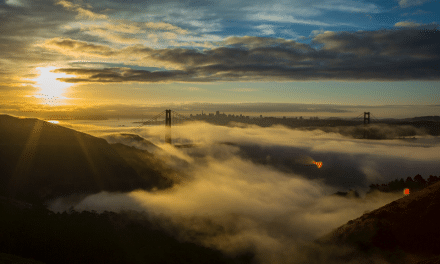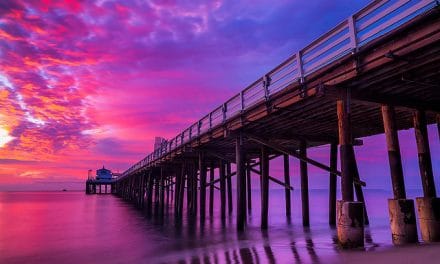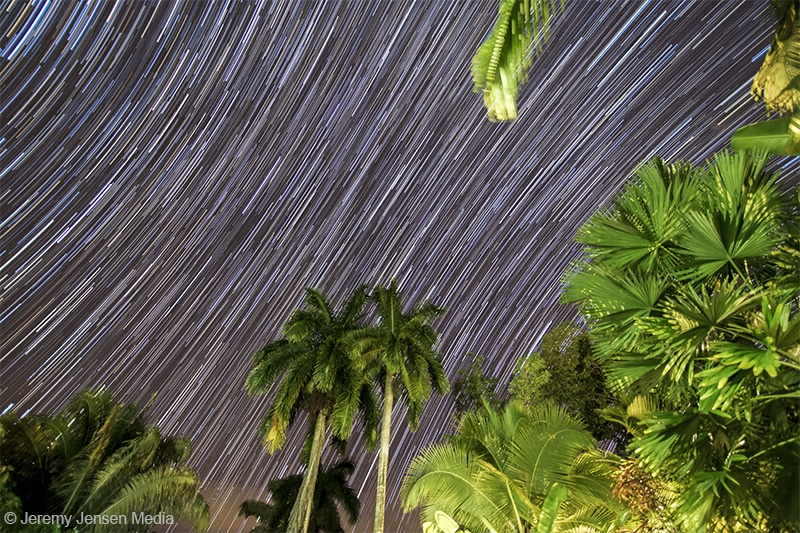Macro photography is a fun and unique niche –and it makes a great change of pace from your usual landscape images.
With macros, you can gain access to a hidden world of detail; and have the chance to showcase it in all of its beauty! These close-ups are a great chance to capture those small, miniscule gems that would otherwise be overlooked.
When it comes to capturing striking macros, the beauty really is in the details! Paying attention to the details –and looking to draw them out can help you to capture a far better image, and at the end of the day is what will make or break your macro shots.
Of course, there are a few other factors that you’ll want to pay attention to as well. Here’s a look at a few tips for capturing beautiful and intriguing nature macros.

photo by: pxhere.com / CC0
What Are Macros?
First up, a technical clarification.
While the term “macro” is thrown around a lot, thanks in large part to point-and-shoots today that offer macro mode; the truth is that true macro photography generally consists of capturing images where the size of the subject is the same size, or larger, than it is in-person.
Nature macros can include everything from insects and flowers, to droplets of water, seeds, and more.
Now, let’s look at some tips for capturing them effectively.
Bring Your Gear
When shooting macros, having the right gear to get you off on the right foot. Here are a few things you’ll want to consider bringing.
• Macro Lens
While a macro lens isn’t a requirement, it can help! At the very least, you’ll want to choose a lens that has the ability to focus close to subjects without having issues. Most macro lenses are able to produce life-sized images on the sensor, but the very best –and priciest macro lenses offer magnification of up to five times life-sized!
• Close-Up Lens
A close-up lens is a flat lens that mounts onto the front of your standard lens –much like a filter. A close-up lens works by providing magnification, allowing you to focus at closer distances.
• An Extension Tube
Some photographers opt to use extension tube –a hollow tube that fits between the camera and the lens. This tube allows the lens to move further away from the sensor, with the extra distance helping the lens to focus more closely.
• Tripod
Bringing along a tripod is also ideal. Since you are working so close to your subject, even the tiniest movement can cause blur. A tripod can help keep things steady so you can focus on getting the perfect shot. Ideally, you’ll want to look for a tripod with legs that are able to spread horizontally; allowing you to photograph low to the ground. Or, opt for a tripod with a reversible head stern, allowing you to position your camera underneath the tripod.
• External Flash
When you are working close to your subjects, it can be difficult to get the lighting just right. Additionally, the light from your on-camera’s flash will usually be too bright, and head on –the wrong direction for macro photography. Having an external flash can allow you to bounce the light onto your subject from any angle, allowing you to get a more natural shot.

photo by: maxpixel.net / CC0
Find the Right Subject
One of the great things about nature macro photography is that there’s no shortage of subjects to be found! Just remember that with macros, even small imperfections and details will be magnified –so take care that the flower you’re focusing on doesn’t have any unsightly brown spots. While some unique and quirky features can be fun to capture, just make sure it’s intentional.
Consider Your Angles
Another great thing about macros is you can easily change your angle. Since you are working with small subjects, changing your angle can be a simple way to get a more desirable background, better light, or an all-around better shot.

photo by: pxhere.com / CC0
Don’t Forget the Background
Just because you are getting up close and personal with your subject doesn’t mean you can forget about the background! In fact, backgrounds are arguably even more important when it comes to macros, since small details will be magnified. Keep an eye on the background and make sure everything is looking crisp and clean. You could always opt for a wide aperture to blur the background slightly, and draw your subject into focus. Just remember that the closer your camera is to the subject, the less depth of field there will be.

photo by: maxpixel.net / CC0
Get Artistic
Looking for something a bit different? Get artistic with your macro images! Photographing a close-up world is your chance to create an abstract image; one that contains shapes and colors, but less detail than an ordinary shot. There are plenty of ways to create artistic macros. Capturing reflections on the surface of some water, using a long shutter speed to blur movement, or getting extra close and looking to highlight the patterns found inside of a flower or on a leaf can make for some beautiful and unique artistic images.
Watch for the Light
The right lighting can make or break your macro shot. Be sure to pay attention to it when you are shooting. Golden hour can make for stunning macro images. Angle your shot so the sun’s behind your subject and use a wide aperture to capture some beautiful background bokeh.
Expose for the Highlights
With macros, consider exposing for the highlights. While in some cases this may result in images that are underexposed, it’s far easier to recover details lost in the shadows in post-processing than it is to recover highlights.

photo by: ulleo
Watch Out for the Breeze
Remember, since you’re working close up to your subjects, even the tiniest breeze can cause your subject to sway, resulting in blurry images. Pay attention to the breeze when photographing delicate foliage or flowers.
With macros, you can always take multiple shots in rapid succession. You never know what your small subject’s going to do, and taking multiple shots will help you to ensure that you get some great images.
At the end of the day, macro images are different from landscapes, but many same concepts apply. Look for a focal point, leading lines, and excellent colors and contrast. Then start snapping! You’ll soon become adept at capturing amazing and intriguing macro images –ones that showcase all of the beauty of a small, miniscule world.
Do you enjoy macro photography?











